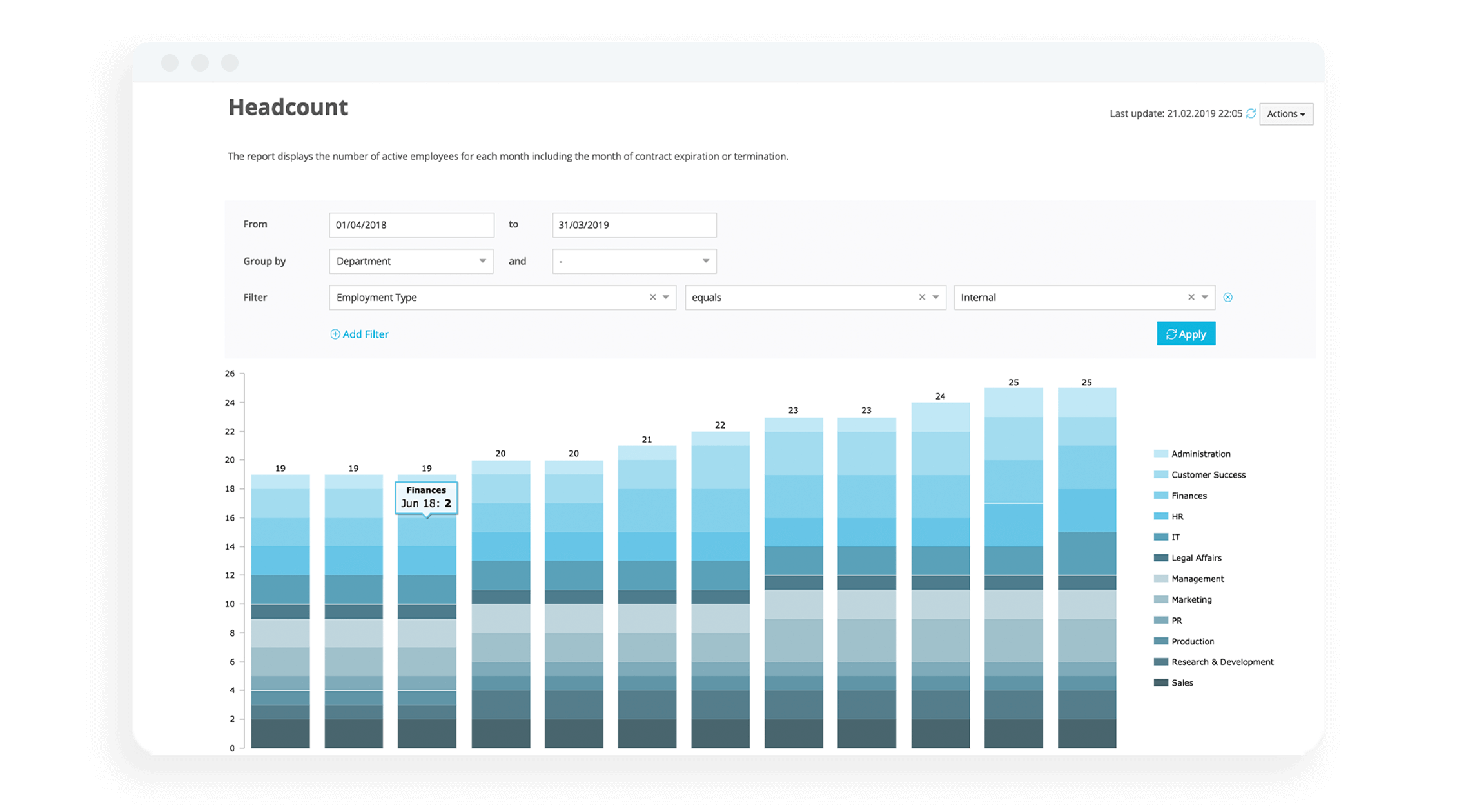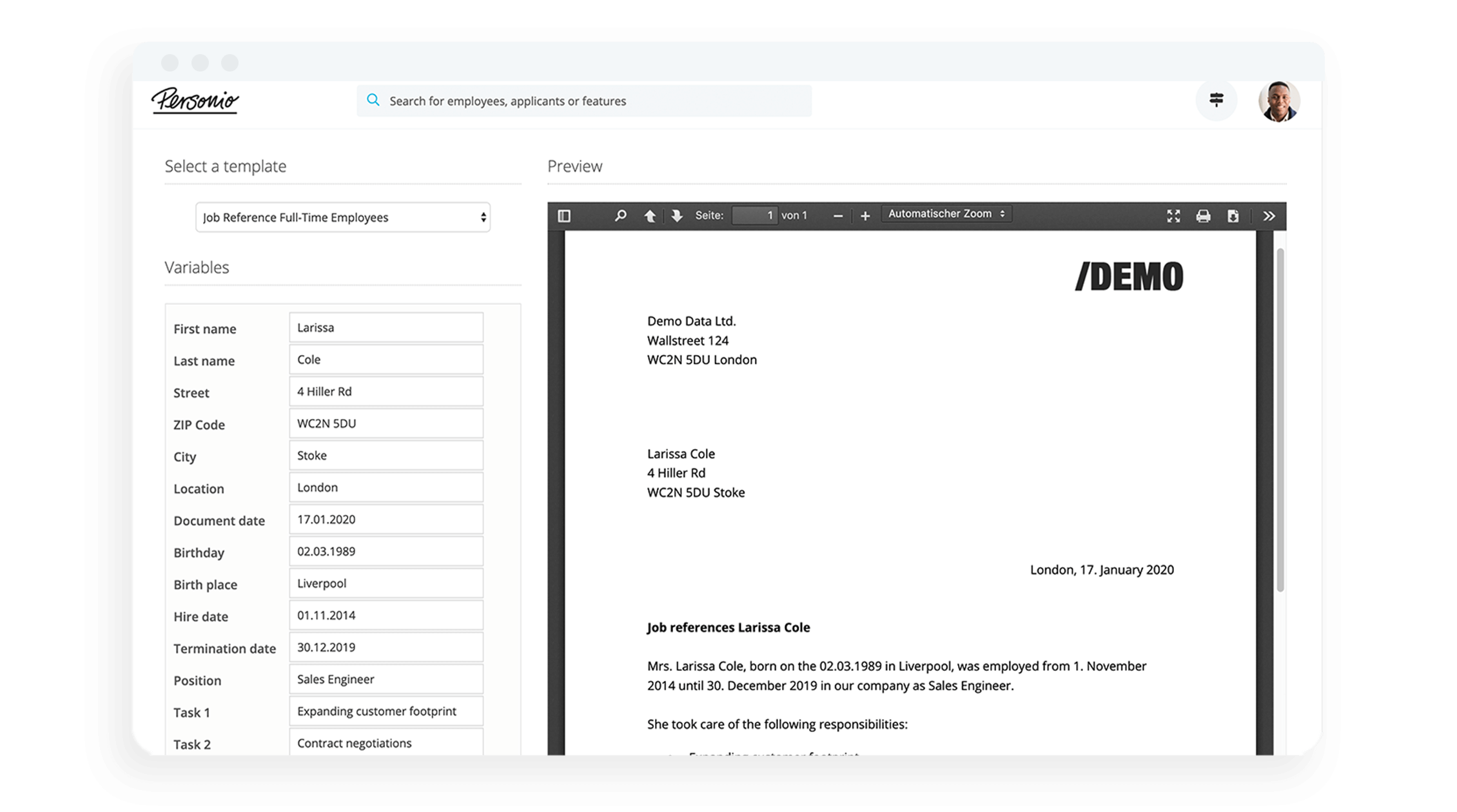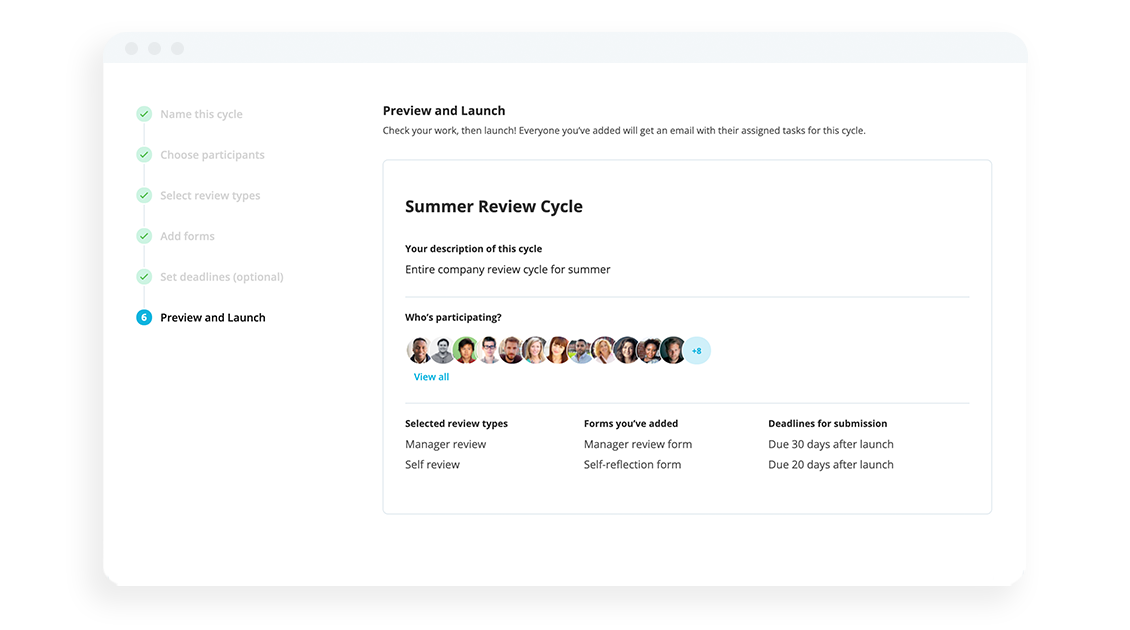Unfair Treatment at Work: A Guide for Employers in the UK

For every company, there exists a risk of unfair treatment or what an employee perceives as unfair treatment. This guide will help you understand which actions are legally considered unfair treatment and develop a process to resolve the issue before it impacts your workforce.
Key Facts
Unfair treatment encompasses bullying and harassment and it often overlaps with discrimination.
Workplace harassment is against the law, but bullying doesn’t have a legal definition, making those cases harder to mediate.
Companies need clear grievance and disciplinary procedures to resolve cases of unfair treatment as quickly as possible.
What Is Unfair Treatment at Work?
Unfair treatment is a form of workplace bullying where certain employees are treated differently from their peers for reasons other than job performance. It can cause heightened stress, anxiety and shame. It can come from other employees or as the unintentional result of a process or system implemented at your company. In either case, the affected worker’s productivity may plummet as poor treatment chips away at their motivation.
In many cases, unfair treatment at work is prompted by discrimination against gender, race, sexual orientation or religious beliefs. If discrimination and bullying continue, it could negatively impact workplace morale, your brand’s reputation or open your company to legal consequences.
Employment Law and Unfair Treatment at Work
UK law has a legal distinction between bullying and harassment in the workplace. While they are both defined as behaviour performed by a group or individual that makes a person uncomfortable, bullying isn’t inherently illegal.
But that’s not the case for harassment, thanks to the Equality Act of 2010, which defines it as bullying that targets one or more protected characteristics, including:
Age
Race
Sex
Gender identity
Disability
Religion or belief
Sexual orientation
Marriage or civil partnership
Pregnancy and maternity
Companies are obligated to resolve issues of harassment with disciplinary measures as soon as possible. Bullying requires more caution because its definition isn’t set by law, so everyone could have different ideas on what it entails.
Unfair Treatment at Work: Examples
Signs of unfair treatment at work can be subtle, and a situation can sail beneath notice until it reaches a breaking point. Below are several typical examples of harassment at work to help you identify if it’s happening within your company:
Derogatory comments about a colleague’s sexuality. This is direct harassment based on someone’s sexuality. While the affected employee’s work isn’t directly tampered with, the comments can cause elevated stress and decreased productivity, and it may cause the affected employee to start looking for work in other places.
Paying women less for the same work. This falls under the Equality Act of 2010 because unfair payment counts as discrimination based on sex.
Unfair criticisms of an employee’s work. If an employee’s supervisor puts their work under a more critical eye than that of their colleagues, that’s often considered unfair treatment. However, the criticism could be justified if the employee has prior job performance issues, so this form of bullying or harassment can be hard to identify.
Firing older workers to hire younger ones. Older workers are often paid more due to advanced experience. Firing them to hire younger and cheaper workers is discrimination based on age.
Treating employees worse for taking care of a dependent. This can count as bullying or harassment, depending on the situation. But verbal abuse or retaliation for an employee taking time off to care for kids, disabled parents or another dependent is called discrimination by association.
Instantly Analyse Your Workforce For Headcount, Diversity & More!

Personio offers a clear overview of KPIs and other analytics to make your HR more strategic and more data-driven than ever before. Discover automatic reporting with Personio today.
HR Analytics With Personio
How To Prevent Unfair Treatment in the Workplace
Quickly identifying and resolving unfair treatment in the workplace is necessary for maintaining a positive work environment.
However, a proactive approach to preventing those situations can help avoid them in the first place. Below are several preventative measures that can help your company avoid discrimination.
1. Promote Diversity and Inclusion
Employing a diverse workforce helps avoid anyone being singled out for a single treat. But diversity shouldn’t stop at your hiring practices, as this could be interpreted as tokenism and make the people you hire feel unwelcome.
Create a company culture of inclusion by promoting diverse teams and open communication so your employees can be exposed to different perspectives. You could also support the creation of Employee Resource Groups (ERGs), internal communities formed around a shared identity or belief that help advocate for workforce members.
2. Develop Workplace Policies
Examine your company policies for any biases and revise them as necessary. Not all unfair treatment is intentional, and inadvertent discrimination can occur because certain circumstances weren’t considered. For example, a weak or non-existent work-from-home policy shrinks your candidate pool and makes it less diverse because it emphasises people close to the office.
3. Take Actions in Case of an Unfair Treatment
If an issue arises, have a grievance and disciplinary procedure to resolve the matter as quickly as possible.
Grievance Procedure
The grievance process is a formal investigation of an employee complaint. HR representatives must hear both sides of the issue to get context for the allegations and decide the correct course of action. In addition, they should seek out outside witnesses.
Disciplinary Procedure
Company disciplinary procedures are your response to the results of the grievance process. If the offender is found to have displayed offensive or discriminatory behaviour, consequences are imposed that fit the severity of the offence. Most companies start with written warnings before moving to dismissal if the behaviour doesn’t change or the offender demonstrated particularly gross misconduct.
Frequently Asked Questions About Unfair Treatment at Work
What Are Examples of Unfair Treatment at Work?
Some examples of unfair treatment at work include:
Unequal payment between male and female employees doing the same work
Ridicule of another employee because of their race, sexuality or religious beliefs, among other protected categories
Harsher criticism of an employee’s work for reasons unrelated to job performance
What Is Unfair Treatment at Work?
Unfair treatment is when employees are treated differently from their peers because of their personal characteristics. Employees experiencing ongoing harassment or bullying often have lower morale, worse productivity and higher stress.
Make Unfair Treatment Unwelcome
Repeated discrimination and bullying slowly chip away at a positive work environment until an atmosphere of low engagement and anxiety is created.
Any cases of unfair treatment should be resolved as swiftly as possible to avoid the loss of top-quality talent and a hit to your brand’s reputation.
The more information you know about unfair treatment in practice, the better you can respond. So take the time to learn about the types of discrimination employees face and update your policies as needed.
Disclaimer
We would like to inform you that the contents of our website (including any legal contributions) are for non-binding informational purposes only and does not in any way constitute legal advice. The content of this information cannot and is not intended to replace individual and binding legal advice from e.g. a lawyer that addresses your specific situation. In this respect, all information provided is without guarantee of correctness, completeness and up-to-dateness.

